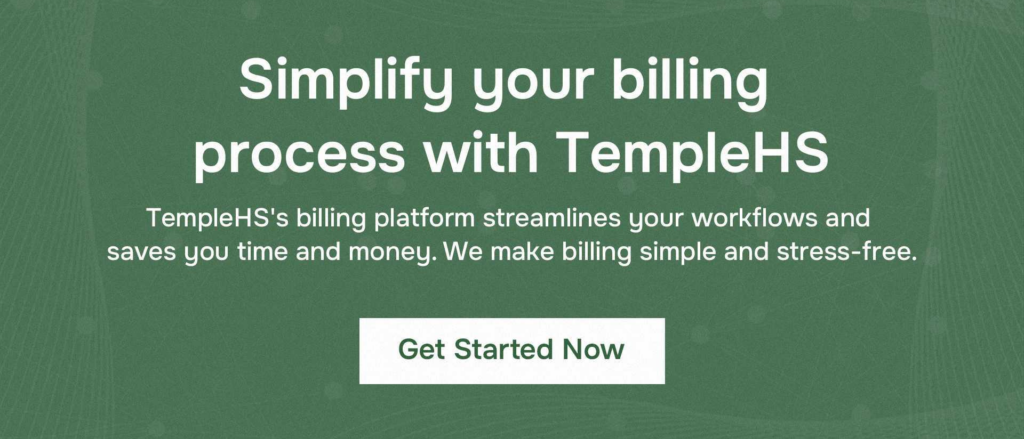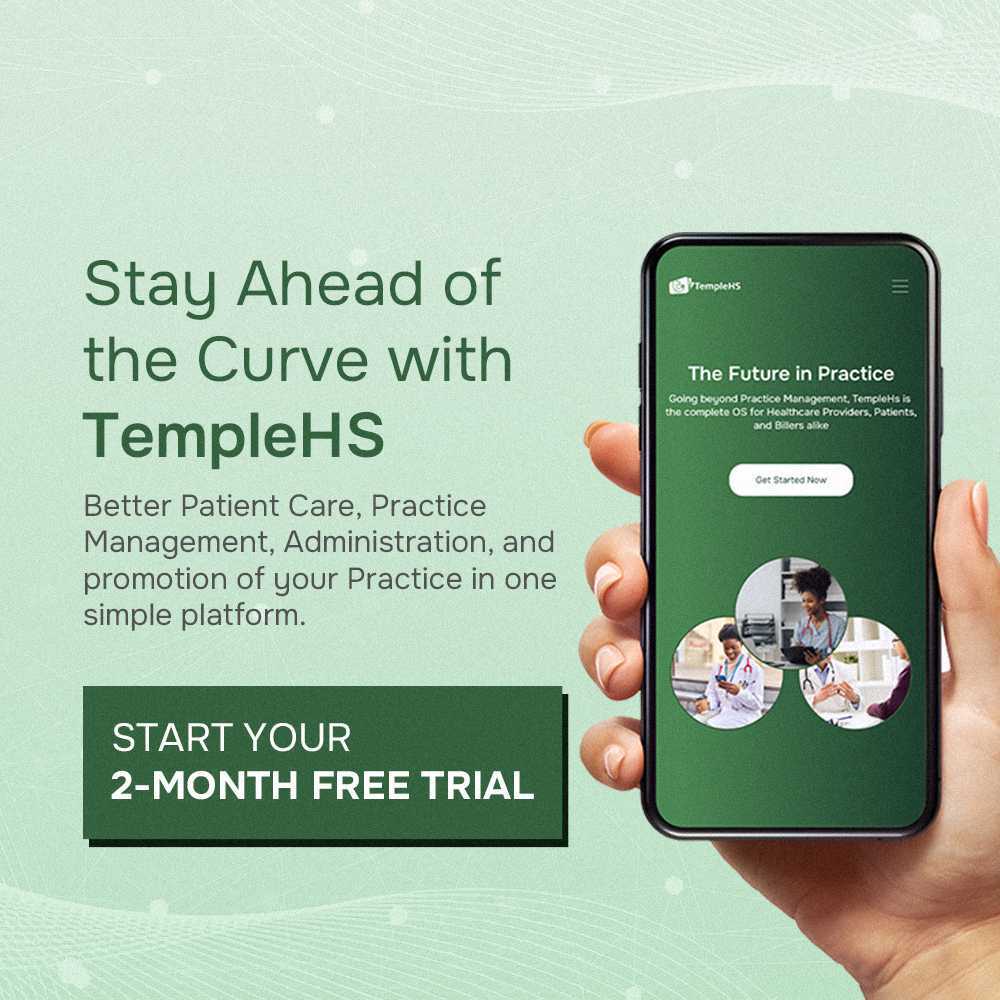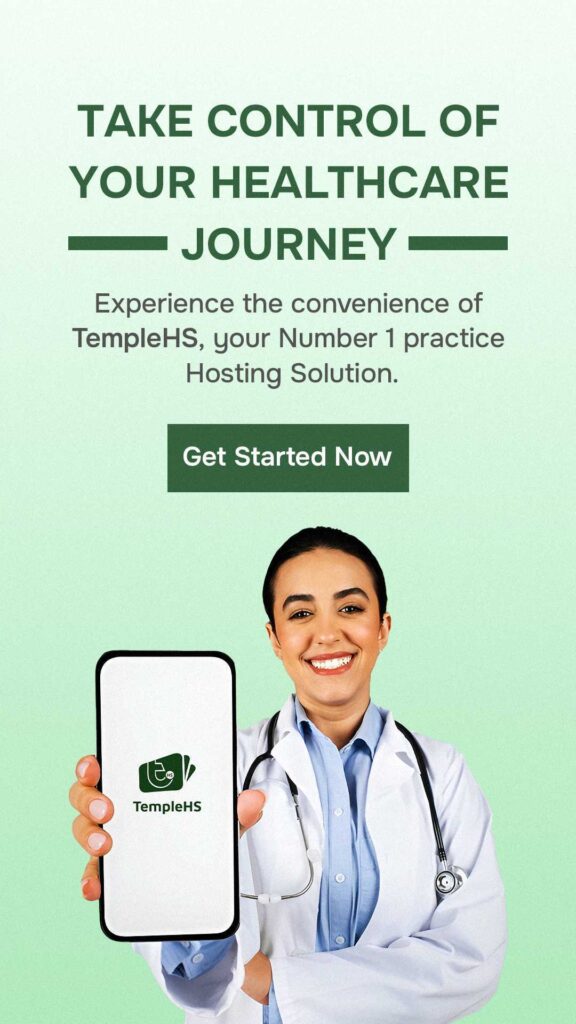Healthcare is increasingly focusing on patient engagement and improving communication between providers and patients. With the rise of digital tools, patient portals have become an essential component in achieving these goals. And as more healthcare practices recognize the value of these tools, understanding how to effectively implement patient portals becomes crucial.
This post will explore the benefits of patient portals and provide a guide on how to integrate them successfully into healthcare practices.
Defining Patient Portals
A patient portal is a secure online website that gives patients access to their personal health information 24/7 from anywhere with an internet connection. These portals are integrated with a healthcare provider’s electronic health records (EHR) system and offer various features that allow patients to manage their healthcare needs efficiently.
Through a patient portal, patients can view their medical records, including lab results, immunization history, and medication lists. They can also schedule appointments, request prescription refills, and communicate directly with their healthcare providers through secure messaging. Some portals even offer educational resources tailored to the patient’s health conditions, helping them to understand their diagnosis and treatment options better.
Unlike EHRs, which are primarily used by healthcare providers to document patient care, patient portals are designed with the patient in mind. They are user-friendly platforms that empower patients to take control of their health, making it easier for them to stay informed and engaged. This increased engagement can lead to more proactive health management, resulting in better outcomes for patients.
Benefits of Patient Portals
1. Enhanced Patient Engagement
Patient portals are instrumental in increasing patient engagement by providing easy access to health information. When patients can access their medical records, view test results, and track their progress over time, they are more likely to take an active role in managing their health. This level of engagement is crucial, particularly for patients with chronic conditions who need to monitor their health regularly.
The ability to communicate directly with healthcare providers through secure messaging also means that patients can ask questions and receive timely responses, further enhancing their involvement in their care.
2. Improved Health Outcomes
With greater engagement comes better health outcomes. Studies have shown that when patients are more involved in their healthcare, they are more likely to adhere to treatment plans and medications, leading to better management of chronic conditions and overall health. Patient portals make it easier for patients to follow their treatment plans by providing reminders for medications, appointments, and preventive screenings.
Also, the transparency provided by portals allows patients to review their medical records for accuracy, ensuring that they are following the correct treatment regimen.
3. Streamlined Communication
Communication is a critical component of effective healthcare delivery. Patient portals streamline communication between patients and healthcare providers by reducing the need for phone calls and office visits.
Patients can send messages to their providers at any time, allowing for more flexible and convenient communication. This feature is particularly beneficial for non-urgent issues, where a phone call or in-person visit may not be necessary. Providers can also use the portal to send test results and follow-up instructions, ensuring that patients receive timely information and guidance.
4. Convenience and Accessibility
One of the most significant benefits of patient portals is the convenience they offer. Patients no longer need to wait for office hours to access their health information or communicate with their providers. They can log into the portal at any time, from any location, to view their medical records, schedule appointments, or send a message to their provider.
This convenience is especially valuable for patients who live in remote areas or have mobility issues that make it difficult to visit their healthcare provider in person.
5. Data Accuracy and Transparency
Patient portals contribute to greater transparency in healthcare by allowing patients to review their medical records and verify their accuracy. This transparency helps build trust between patients and providers, as patients can ensure that their records are up-to-date and correctly reflect their health status. Moreover, patients who are more informed about their health are better equipped to make decisions about their care, leading to more effective and personalized treatment plans.
How to Implement Patient Portals Successfully
Implementing a patient portal requires careful planning and consideration to ensure that it meets the needs of both the practice and its patients. Here’s a step-by-step guide to successful implementation:
1. Assess Practice Needs
Before implementing a patient portal, it’s essential to assess the specific needs of the practice and its patients. Consider the size of the practice, the types of services offered, and the patient population. Understanding these factors will help in selecting a portal that aligns with the practice’s goals and the needs of its patients.
2. Select the Right Platform
Choosing the right patient portal platform is crucial for successful implementation. The platform should integrate seamlessly with the existing EHR system and offer the features that are most important to the practice. It’s also essential to consider the user experience—both for patients and staff. A user-friendly interface will encourage higher adoption rates among patients, while ease of use for staff will ensure that the portal is used effectively.
3. Train Staff and Educating Patients
Once the portal is selected, it’s vital to provide thorough training for staff to ensure they are comfortable using the system and can assist patients with any questions they may have. Additionally, educating patients about the benefits of the portal and how to use it is crucial for encouraging adoption. This education can be provided through brochures, instructional videos, or in-person demonstrations during office visits.
4. Ensure Data Security
Data security is a top priority when implementing a patient portal. The portal must comply with regulations such as the Health Insurance Portability and Accountability Act (HIPAA) to protect patient information. Implementing robust security measures, such as encryption and multi-factor authentication, will help safeguard patient data and maintain the trust of patients.
5. Continuously Monitor and Improve
After the portal is implemented, it’s essential to monitor its usage and effectiveness continuously. Gathering feedback from both patients and staff can provide valuable insights into areas that need improvement. Regularly updating the portal with new features and addressing any issues that arise will help ensure that it continues to meet the needs of the practice and its patients.
Integrating Patient Portals with TempleHS
When discussing the implementation of patient portals, it’s essential to consider a comprehensive practice management solution that can seamlessly integrate with these portals. TempleHS is an excellent option for medical practices looking to enhance their efficiency while offering robust patient engagement tools. TempleHS provides an all-in-one platform that includes features like secure electronic health records (EHR), appointment scheduling, billing solutions, and telehealth services.
By implementing TempleHS, healthcare providers can not only streamline their administrative tasks but also ensure that patients have easy access to their health information through an integrated patient portal. This approach not only improves communication but also enhances the overall patient experience, making healthcare more accessible and manageable for everyone involved.
For practices aiming to modernize their operations and improve patient satisfaction, TempleHS offers the tools needed to implement a successful patient portal, all while maintaining compliance with industry regulations like HIPAA.
Conclusion
Patient portals offer significant advantages in improving patient engagement, communication, and overall healthcare management. By making health information easily accessible and enabling direct interaction with providers, these tools help patients take charge of their health. For healthcare practices, implementing a patient portal effectively can lead to better patient outcomes and increased satisfaction. Embracing patient portals is a step forward in modernizing healthcare delivery and enhancing the patient experience.



